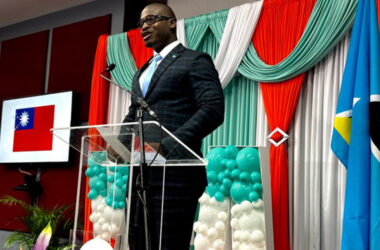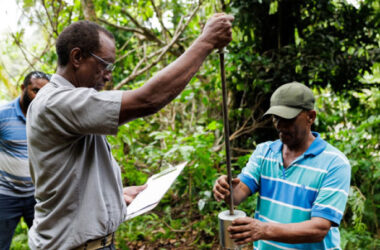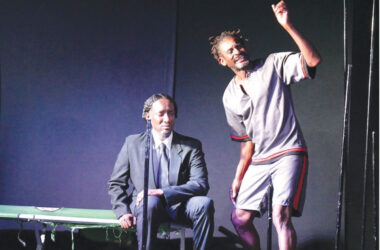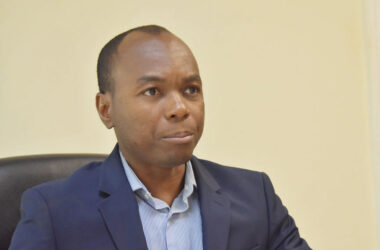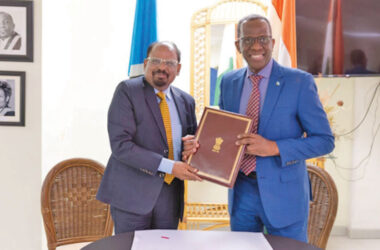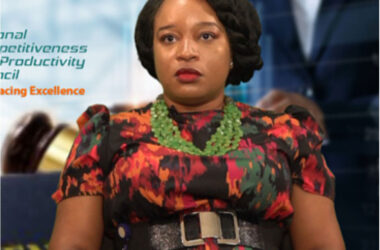Chairman of the National COVID-19 Management Center (CMC) Cletus Springer, in a recent Facebook post, described how the Center works to appease persons who he says often asked him “how does the NCMC work?”
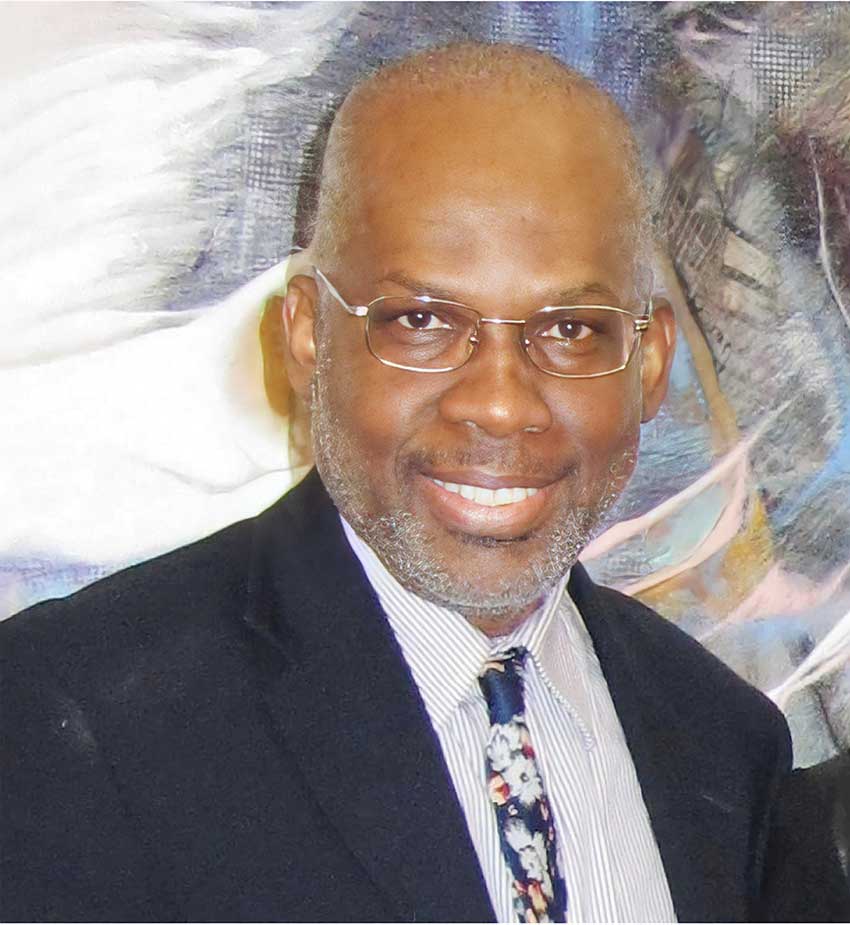
“To answer this question, I must first describe the purpose and structure of the NCMC.
The NCMC is a creature of law, that is, the Covid Prevention and Control Act of April 2020, (the Act) which was amended in September 2021. The NMC has two main functions: (1) to serve as an advisory body to Cabinet on Covid-related matters; and (2) to have oversight on measures required to control and prevent the spread of Covid 19. These functions make clear that the NCMC can decide only the recommendations it makes to Cabinet; but Cabinet makes the final decision,” Springer said.
The Structure of the NCMC
According to Springer the NCMC consists of a mix of representatives from public sector agencies (Tourism, Health, and Finance, St. Lucia Tourism Authority, GIS, and the Commissioner of Police, NEMO); private sector (the Saint Lucia Hotel and Tourism Association) civil society (St Lucia Medical and Dental Association, the Trade Union Federation and the National Youth Council) and medical professionals). The NCMC can meet as often as it wishes and it can set its own business, including, establishing various Committees from among its members and from the wider community. So far, the NCMC has set up a Communication, Information and Education Committee. At its next meeting a Medical Committee will be established. The NCMC has held four meetings since it was reconstituted in October 2021.
He said that with the approval of Cabinet, an Inter-Ministerial Technical Committee was established to address day-to-day operational issues. This Committee, which I also chair, meets every weekday and sometimes on weekends.
Powers Granted under the Act
In explaining the powers granted under the Act Springer said the Act gives wide-ranging powers to the Minister of Health which he can exercise either directly or through the Chief Medical Officer (CMO). Many of these powers are also contained in the Public Health Act of 1975. They include the power to: suspend licenses; waive procurement rules; prohibit assembly; restrict access to an area; impose physical distancing, testing, quarantine and travel requirements; and other actions that are usually detailed in the protocols.
“It is important to note that the Minister and the CMO can invoke other powers under the Public Health Act to support the aims of the Covid Prevention Act, including denying entry by cruise ships into Saint Lucia’s waters if there’s reason to believe there’s a risk to public health. Indeed, I can reveal that last month, the Ministry of Health twice denied berthing privileges to cruise ships,” he said.
How the Protocols are Determined
Springer explained that the foundation of the protocols is “data of interest” produced by staff of the Ministry of Health, notably the Epidemiologist and Biostatistician. These data include daily infection and transmission rates by geographic area, gender, age, etc and is derived from primary contact tracing data from communities and test data from the Ezra Long Laboratory. It is then presented by the CMO at daily meetings of an Inter-Ministerial Technical Committee. If trend analyses warrant, the findings are presented to the full NCMC for discussion with a view to recommending to Cabinet changes to the protocols.
“Discussions within the NCMC can be intense and not surprisingly, and often they are dominated by public health considerations. As I explained in an earlier bulletin, the data inform the NCMC on how the virus is impacting the populace and the behaviour that is promoting its spread. Usually, this information is not questioned as much as the way in which the data influence the protocols that are meant to limit the spread of the virus.
“While the data conclusively tell us that spread tends to be higher during night-time, social activities and during weekends, deciding on corrective action can be far more complicated, not only in terms of the action itself, but also in terms of reaching consensus on the protocols that ought to be recommended. These twin challenges also afflict discussions in Cabinet,” Springer said.
He added, “It would be true to say that it isn’t only the science that influences decisions on the protocols. Public health is about more than physical health. It’s also about mental health. And so, inevitably, measures to promote physical health can imperil mental health. The longer a confinement period, the higher the likelihood that the public’s mental health will be affected and the lesser the likelihood that the public will support further confinement measures. Both the NCMC and the Cabinet are seized of this.”
Springer spoke of another consideration for Cabinet is the effect the protocols can have on economic activity, revenue from which is needed to finance Covid containment as well as recurrent expenditure, such as the payment of salaries, utility bills and loan repayments.
“Critically, too, there are considerations at the level of the worker and business. With few safety net options other than the NIC, it’s expected that any Government would lean towards facilitating economic activity. Unfortunately, because of political postures adopted in the lead-up to the last General Elections, this reality was never grasped by the public in a manner that could have aided their understanding of the challenges and encouraged their sustained cooperation.
“Also worthy of note is that decisions on the protocols take place in a very dynamic and fluid environment, where various economic actors present their case for relief of one kind or another,” he said.
The NCMC Chairman then gave an example of this stating that at the end of November 2021, when the total number of cases dropped below 100, there was a strong and reasonable expectation that the protocols would have been relaxed. However, the NCMC took the view that any easing of the protocols would likely cause a surge in cases before the start of the high-risk, Festive Season.
“The view was that we should await a further decline in active cases, so that by the middle of January 2022, our frontline health workers would not be faced with an unmanageable situation. Cabinet bought into this argument and agreed to not relax the confinement time set at 10:00pm on Fridays and 5:00pm on Sundays through to mid-January 2021,” Springer said, noting that so strongly did Cabinet buy into this argument, that a week or so later after the protocols were announced, acting out of concern that cases might rise again if confinement times were not tightened for National Day, Christmas Eve and New Year’s Eve, Cabinet decided to pull back on the confinement times.
“However, restaurant owners were deeply unhappy as they had begun to plan their operations on the basis of the earlier stated times. In a meeting with the PM Pierre at which the CMO and I were present, they argued that the 2021 Festive Season offered them the first opportunity to recover some of their significant losses over the past 2 years. Restaurant staff, who had been suffering for just as long also represented that the reduced confinement time would hurt their earnings potential including from tips,’ Springer said.
He said that though not privy to discussions in Cabinet, his take is that its decision to extend the confinement time for the Festive Season was driven partly by compassion for the restaurant sector. Further, with the surge in cases after Christmas, the NCMC recommended that the confinement period for New Year’s Eve be pulled back. Cabinet was supportive of this recommendation but felt that such a late adjustment would not be well received by the general public. In the end, Cabinet decided to keep the confinement time at 1:00pm but with prohibitions on mass crowd social events.
“This scenario speaks to my earlier point that decisions on Covid-19 protocols involve more than the science of epidemiology. The elephant in the room is the public’s reaction. Would a populace yearning for freedom comply with an earlier or later confinement time? And would the Police be able to enforce compliance?
“As I reflect on the sudden, seemingly contradictory decisions being taken by the US and UK governments, I’m reminded that these are not the best of times, even for evidence-based decision making.
“I believe that at the very least, what is required is that Governments be upfront with their people and share the reasons for their decisions, the assumptions that drive them, the likely risks involved in unintended outcomes and how they will be addressed.
In other words, FULL transparency is the best policy,” Springer stated.





